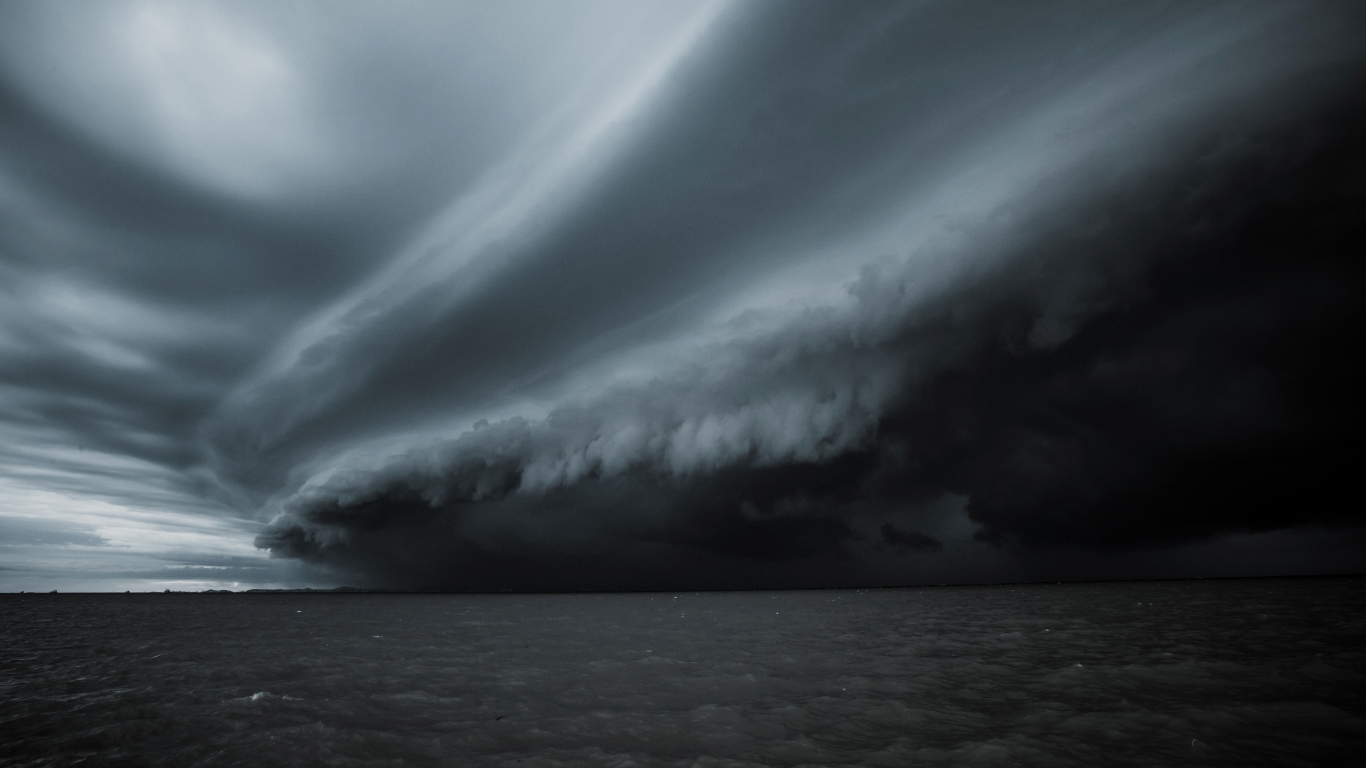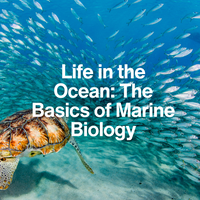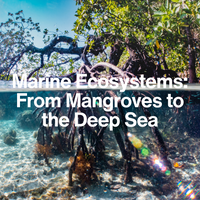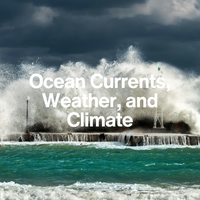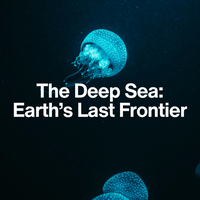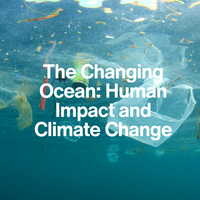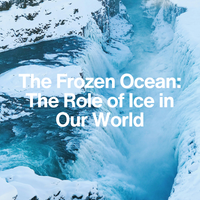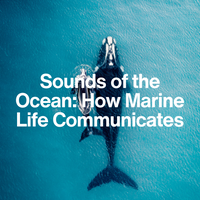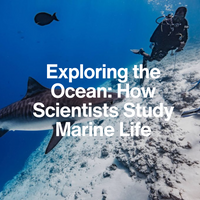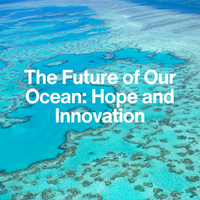LESSON 5
How Can We Predict the Future of Our Ocean?

Introduction:
Looking Ahead Beneath the Waves
The ocean is constantly in motion—rising, warming, and changing in ways both visible and invisible. But how do scientists predict what might happen next? How do we know if fish stocks will decline, reefs will recover, or storms will become more severe?
In this final lesson of the bloc, we’ll explore the powerful tools, models, and data systems that scientists use to forecast the future of our ocean—and how this knowledge can help us act now to protect what matters most.
1. Why Predicting the Ocean Matters
The ocean is deeply connected to life on Earth. It regulates climate, absorbs carbon, supports fisheries, and sustains biodiversity. But with rapid changes in temperature, chemistry, and circulation, planning for the future requires foresight.
The better our predictions, the better our choices—for policy, conservation, and communities.
2. Ocean Models: Simulating a Living System
Ocean models are virtual representations of the ocean, built using physics, chemistry, biology, and real-world observations.
They allow scientists to:
- Simulate how currents, temperatures, and nutrients move around the globe
- Predict how marine ecosystems respond to changes in carbon levels, pollution, or fishing
- Explore possible futures under different climate scenarios
Example: A model might simulate how warming waters could shift tuna populations out of traditional fishing zones—or how a changing Arctic affects global weather patterns.

Did you know?
Some models can now simulate interactions between physical conditions (like sea temperature) and biological behaviour (like spawning or migration timing) at incredible detail.
3. Ocean Observing Systems: Data That Drives Prediction
Good predictions need good data—and that’s where global ocean observing systems come in.
These include
This constant stream of data feeds into ocean models, making forecasts more accurate and adaptive.
Did you know?
The ARGO array includes more than 3,000 floating sensors spread across the globe, drifting with the currents and surfacing regularly to beam back ocean data.
4. Forecasting the Future: What Science Tells Us So Far
While no model is perfect, the trends are clear—and they help us prepare.
But the future is still unwritten. These models aren’t fate—they’re warnings and tools that can help us change course.
5. Turning Knowledge Into Action
Predicting the ocean isn’t just about science—it’s about decision-making.
By combining ocean forecasting with technology, community input, and political will, we have the opportunity to shape a more sustainable future—for both people and the planet.
Conclusion
Reading the Ocean’s Future
The ocean is complex, alive, and always changing—but through data, modelling, and collaboration, we’re beginning to understand what lies ahead.
While the challenges are serious, the tools we’ve developed give us something powerful: the ability to anticipate, adapt, and act. The ocean’s future depends not just on what we see today, but on what we choose to do tomorrow.
And the science says: there’s still time to make a difference.
Key Takeaways:
Ocean models simulate physical, chemical, and biological processes to forecast change.
Observing systems like ARGO and satellites provide vital real-time data.
Predictions help us prepare for sea-level rise, ecosystem shifts, and climate impacts.
Forecasting is essential for conservation, policy-making, and ocean resilience.
NEXT LESSON
What Are Marine Protected Areas, and Why Do They Matter?
We’ll begin with one of the most effective tools in ocean conservation—exploring what MPAs are, how they work, and why they give us reason to hope.






